#1 How Jack Stuef Redefined Online Satire And Why It Still Works
Introduction to Jack Stuef
Jack Stuef is now a significant figure in the world of digital media, and most notably for his unique brand of online satire. Starting as brief video clips and bold commentary, he has built a significant voice that challenges norms, rocks the boat, and entertains and provokes the audience. In a media environment saturated with clickbait and superficial content, Stuef’s work stands out combining humor, critique, and the courage to address issues often ignored. Despite changing platforms, fluctuating trends, and the fast-moving currents of internet culture, his satire still works. In this article, we’ll delve into ten aspects of how Jack Stuef redefined online satire and analyze why his approach remains relevant and effective today.
The Beginnings of Jack Stuef’s Satirical Voice
Jack Stuef’s satirical voice did not come about overnight. His beginnings go back to early attempts at commentary as a college student and initial social media forays. Already, his work reflected a desire to criticize systems political, social, and cultural—using humor that did not play around with being uncomfortable. He learned about increasing tensions, failing institutions, and experiences firsthand, converting them into sharp observations. What set him apart from the very beginning was not just that he was joking, but that there was something at stake in his jokes. There was a knowledge behind the humor knowledge of history, injustice, hypocrisy. This groundwork enabled his satire to be based on solid footing, and not shallow seeking of attention.
As time passed, Stuef honed what to write but just as importantly how to write it. Early entries were perhaps not as polished, but they demonstrated sincerity and acumen. He observed how audiences reacted: what subjects inspired conversation, what tones came off as preachy, what jokes connected and which struck him as condescending. That feedback cycle honed his tone. Most online satirists try to be humorous; Stuef tried to be truthful. When truthfulness gets paired with humor well, the satire is not just entertainment it’s mirror. And from that starting point, all that he does now works off of that mirror.
Combining Humor and Social Commentary
Stuef’s satire succeeds because it doesn’t separate humor from content. A joke may elicit laughter; a joke with commentary can induce thought, make one uncomfortable, and sometimes even lead to action. He tends to target the contradictions of society inequality, political duplicity, environmental disregard and cast them in a light that reveals absurdity. The comedy is the teaser; the commentary is the payload.
For instance, in the case of political polarization, his cartoons both exaggerate both extremes enough to highlight what is counterproductive in each, without becoming caricature thinned out to the point it’s not recognizable. That balance makes it possible for varied audiences to find something true, even in extreme situations. Satire is used by him, not to mock victims, but to bring to light power dynamics.
The other component of this mix is timing. He waits for cultural moments—news events, hot topics—then couples them with his thematic issues. The payoff: You laugh, but then you find yourself thinking: “What does this say about me? About the system? About what I accept as normal?” That makes the humor stick. It converts passive watching into active thought.
Format Innovation: Short-Form Video and Editing Style
Jack Stuef has taken advantage of contemporary media modes—particularly short-form video—to present satire in bite-sized, shareable nuggets. Media such as TikTok and Instagram Reels are designed to reward concision and impact, and Stuef’s style is well adapted to that space. Fast cutting, voiceover, text-on-screen, image juxtaposition—all serve not only to create a visual atmosphere, but to add humor and rhetorical power.
His editing tends to work tension and release: establishing expectation through set-ups, then twist or ironic payoff. Even frame-level choices—what to cut, what to leave in count. He uses silence, reaction shots, and visual contrast to enhance the satire. And use of sound effects or music transition smartly can turn the piece from a joke to being serious, or vice versa, in two seconds.
Another innovation is the role of visual metaphor.
Rather than narrate solely on abstract issues, he demonstrates them: through symbolic props, split screens, voice impersonations, mock interviews. This visual density makes satire more guttural—and stickable. The format does not permit lengthy essays, so each second has to justify its presence.
Platform Strategy: TikTok, Instagram, YouTube and Beyond
Stuef’s platform approach has been canny and dynamic. He doesn’t stick with one platform. In TikTok, with its fleeting attention spans, his shorter, snappier content propagates quickly. Instagram and Reels provide more controlled teasers and a platform for people who prefer visually pleasing content. YouTube provides room to dig deeper; podcast spots or longer video essays enable him to elaborate on points in more depth.
He also monitors the algorithmic trends: what type of content is being compensated, when users respond, what’s being downgraded. Cadence of publication, length of clip, ratio of aspect—everything is dialed in. He even reuses content: a TikTok clip becomes an Instagram Reel, or a longer YouTube video reedited into chunks. This multichannel synergy increases visibility.
Also essential is platform culture. He styles on a per-platform basis. TikTok’s frenetic, hyper-speed scrolling environment means grabbing attention in the first few seconds; on YouTube, he can take his time, establish context, permit commentary. Knowledge of each platform’s strengths and limitations enables him to optimize both comedic punch and satirical bite.
Authenticity and Personal Risk in Satire
Authenticity is the foundation for what Stuef does. He opens himself up, admits his own opinions and limitations. He doesn’t try to be all-knowing. That honesty, if applied to satire, can establish trust. People can recognize when someone is simply mocking from above; Stuef tends to mock with compassion.
With risk comes authenticity. He tackles risky subjects: race, politics, identity, power. That invites avenues for backlash: censorship, harassment, misunderstanding. But he continues because risk is implied in satire. Being misunderstood, causing discomfort, is part of the bargain.
He also employs disclaimers, context where necessary. When satire pushes into the territory others may misinterpret, a bit of clarity helps – without sacrificing effect. And sometimes actual personal experiences or confessions are included too, providing a human anchor for his work. This blend of personal truth + a willingness to take risks makes his satirical voice feel authentic and not artificial.
Cultural Sensitivity and Global Perspective
Although a lot of satire is local connected to unique political or social contexts Stuef often pulls from a world or cross‑cultural perspective. He understands that a lot of issues inequality, climate change, gender justice aren’t specific to any one nation. Incorporating diverse points of view prevents insular or tone‑deaf satire.
Cultural sensitivity involves research, consultation across perspectives, and power awareness: who is speaking, who is being represented. Criticizing patriarchy or colonial histories, for instance, he eschews tropes of exoticism or reduction. Instead, he provides complexity.
Also, he compromises: what is effective in U.S. discourse sometimes requires rephrasing to international audiences. The memes, jokes, references are occasionally regionally switched so that satire doesn’t rely solely on homegrown American politics. That makes work more accessible, more shareable, more resonant to more people.
Tone, Voice, and the Emotional Range in His Work
Some of the reason why Jack Stuef’s satire stands the test of time is emotional depth. It’s not entirely snark. There are pieces with irony, sarcasm, but also sadness, frustration, hope. He employs shifts in tone: starting off funny and then mildly emotional; or vice versa.
His voice—literally in tone of delivery and figuratively in character—is also frequently conversational. It sounds like he’s talking to you, but without losing sharpness. That friendly voice makes it easier for critics to be received by viewers. If satire comes across as too removed or cerebral, audiences tune out; if it comes across as too harsh, it can alienate. Stuef is in a good middle ground.
He uses empathy in combination with critique: recognizing people’s fears, doubts, even their errors. In a few videos he may criticize a public figure; in others he discusses his own errors. That emotional openness enriches the commentary.
Audience Engagement and Community Building
Stuef doesn’t address his audience as passive observers. He frequently asks for participation—via comments, shares, challenges. Some of them are designed to elicit reactions, posing questions or challenging viewers to view their own complicity in societal ills.
He listens. Follower feedback, criticism, ideas he commonly pivots. If topics or approaches elicit productive debate, he leans in. If something goes awry or causes misunderstanding, he may clarify or shift. Being responsive constructs a more active community as opposed to merely gaining followers.
Community gets pulled into the satire. Shared references, inside jokes, values—these unite the audience. And when folks are invested, they don’t merely consume; they share his work, repeating messages, perhaps amplifying critique in their own social circles.
Virality vs. Depth: Balancing Laughs and Meaning
One of the stresses that all satirists endure is between viral content and content with depth. Viral content tends to favor sensationalism, brevity, and punchiness. Deep content requires context, room, and nuance. Stuef does both: some videos are shot for wide shareability; others are shot to elicit deeper thought, even if that means fewer viewers.
He frequently integrates depth into the viral format layering meaning. A work may be extremely shareable on a surface level for humor, but beneath is critique of structural systems, or moral inquiry. For those who examine it closely, there’s reward.
Also, he space content: some are for amusement; others are serious essays. This diversity prevents him from being predictable, nor being seen as always flippant parody. Depth helps solidify trust and authority; virality helps reach.
Long-Term Impact: Influence on Other Creators & Public Discourse
Jack Stuef’s reach is evident: more producers try satire that doesn’t merely ridicule but questions. They take his templates, his edit notes, his fact that he’s comfortable combining humor with policy debate, personal story, or moral criticism.
In public conversation, his satire serves to draw attention to issues that may otherwise be given surface treatment—mental illness, workers’ rights, climate equity. By framing them as a part of shareable conversation, he assists in redirecting public consciousness. Some of his commentary appears in media features, podcasts, or is referenced by other makers.
His legacy is still in the making—but the manner in which he redefined online satire is already changing expectations: that satire should not be superficial; that artists can be funny and responsible; that audiences can hunger for reflection as much as entertainment.
Often Asked Questions (FAQs)
Q: Who is Jack Stuef
A: Jack Stuef is an online content creator and satirist whose content blends humor, social critique, and personal storytelling. He has become popular through mediums such as TikTok, Instagram, and YouTube.
Q: What sets his satire apart from others?
A: His satire is unique because it blends authenticity, risk-taking, and depth. He doesn’t merely mock he tackles actual issues, recognizes complexity, and frequently displays personal vulnerability.
Q: Does he employ satire to provoke or to convince?
A: Both. Although much of his work works towards provoking thought or unease, he also seeks persuasion in the form of altering viewpoint. His work provokes people to challenge assumptions and look closely at social dynamics.
Q: How does he manage not to offend people when addressing sensitive topics?
A: By conducting research, recognizing his own role in systems, in a tone of empathy, and in expressing critique towards structures or behaviors and not toward attacking identity. Adding context at times prevents misinterpretation.
Q: On which platforms is his style most influential?
A: Short‐form platforms such as TikTok and Instagram are critical in terms of reachability and shareability. YouTube provides room to delve deeper and with more nuance. A combination of platforms provides him with the ability to mix and match style and content.
Q: Is his satire sustainable in the evolving social media environment?
A: Yes—because it is founded on pillars of authenticity, flexibility, and content. These enable him to keep up with platform evolution, algorithmic adjustments, and cultural currents.
Q: Does he work with others or go it alone?
A: He fronts his own voice mostly, though there are collaborations. In collaboration, he picks others who have similar sensibilities to him, it’s about message integrity.
Q: Did he ever get into trouble or get censored?
A: Yes. Discussing provocative issues automatically provokes a backlash. Misunderstandings or intense reactions will ensue. But those are also what hone his voice and sometimes result in explanation or dialogue.
Q: Can satire like his change public opinion or policy?
A: Satire alone may not enact policy changes, but it influences public sentiment, awareness, and discourse. By bringing issues into popular conversation, it can help build pressure, mobilize audiences, and shift how society frames certain topics.
Q: How can aspiring satirists learn from Stuef’s methods?
A: Read his balance of humor and criticism; observe how he chooses his subject matter; see how he cuts and utilizes structure; appreciate authenticity and risk; engage with your readers; be receptive to feedback and improvement.
Conclusion
Jack Stuef reimagined online satire by refusing to treat humor as escape. He has demonstrated that satire can, and ought to, be serious. His voice is distinctive because it wears a willingness to laugh, yes but also to witness the discomfort after the joke. Platforms that pay homage to clicks and reactions tend to discourage complexity; Stuef resists, employing format, style, and tone to make complexity palatable.
In a digital space that often privileges virality over value
he demonstrates that the two need not be mutually exclusive. He brings emotional texture frustration, hope, anger, empathy into work that could easily flatten into cynicism. He also takes personal risk, acknowledges vulnerability, thereby building trust with viewers. When people sense you’re not just performing outrage, but actually grappling with meaning, they stay.
Also, his cultural sensitivity, both local and international
makes his satire broader, more difficult to criticize as being solely partisan or regional. The combination of cosmopolitan vision with sensitive voice allows him to speak transcendentally. His active participation within his community indicates that the audience is not only a receptacle but also a co-critic.
Why it continues to work: because underlying realities don’t change. Human hypocrisy, structural injustice, power contradictions—those remain. Satire that identifies, contains, and holds up mirrors to them will continue to speak if well done. Jack Stuef’s approach—authenticity, emotional scope, innovative form, cultural sensitivity—produces art that is timely but not ephemeral.
In an era of information overload, folks need voices they believe
They desire laughter, certainly, but also coherence. Stuef provides both. As culture online continues to change—new media, new mores—the fundamentals of effective satire remain the same: vision, guts, and a willingness to reflect. Jack Stuef has accomplished all three. His legacy is still being written but for everyone who cares about what satire can do, he already taught the class.
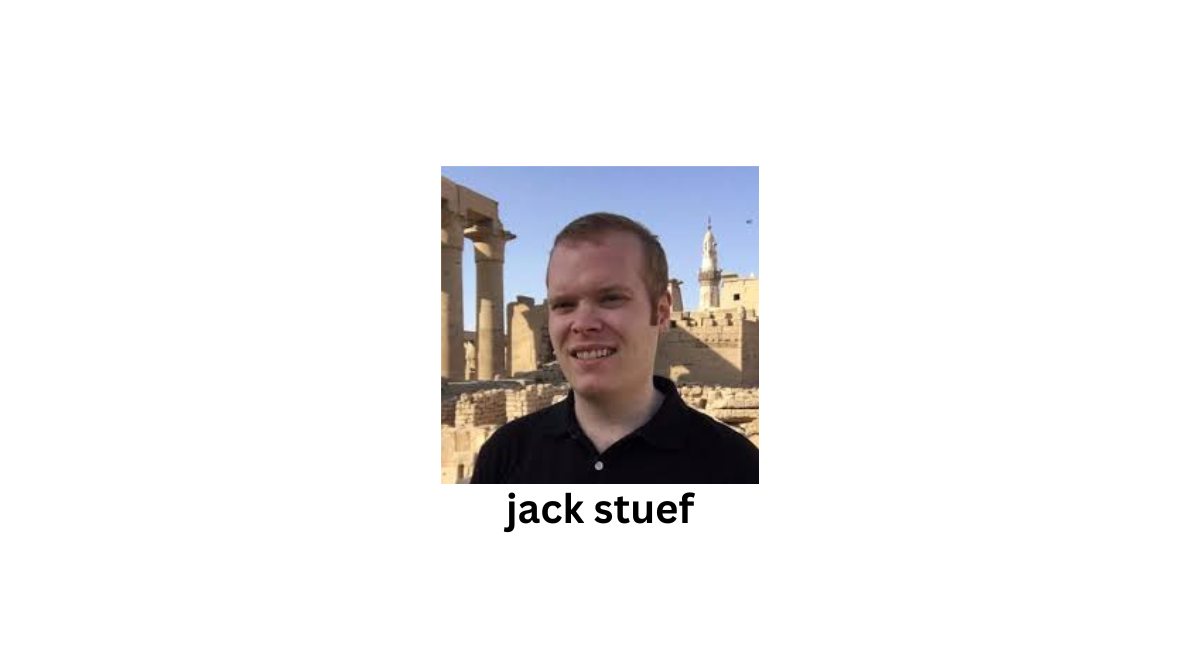
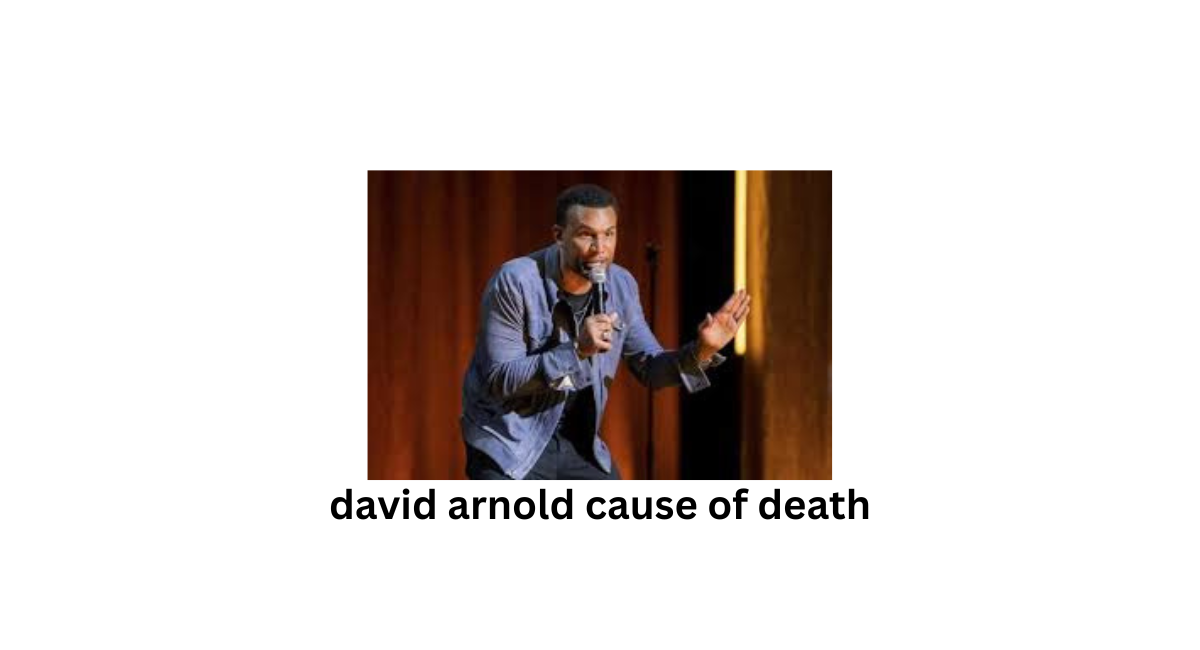

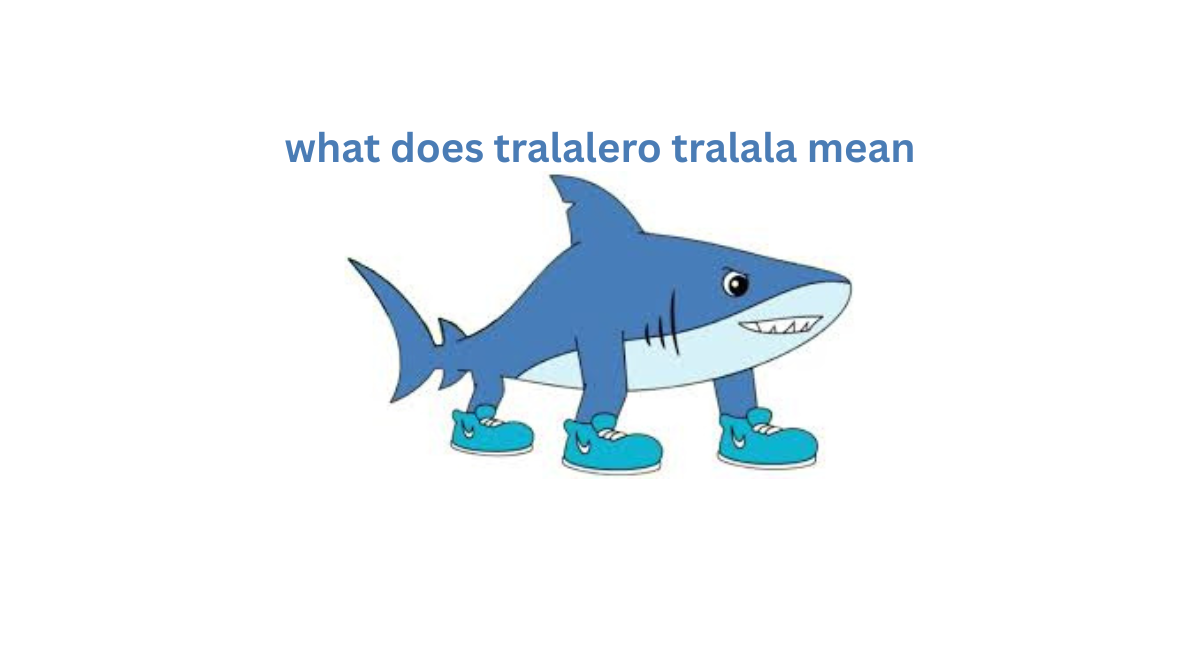
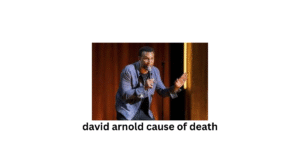

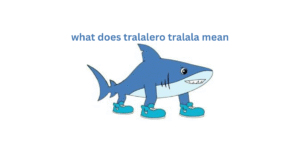
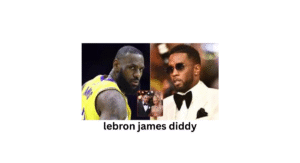
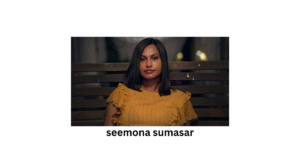



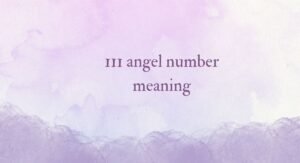
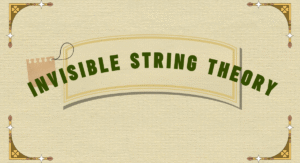
Post Comment